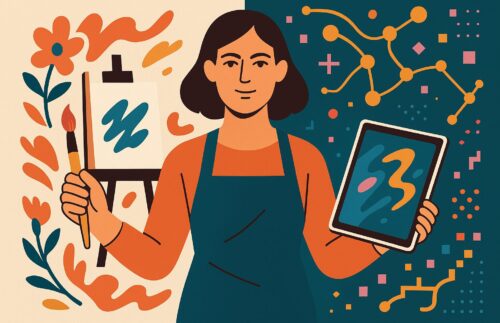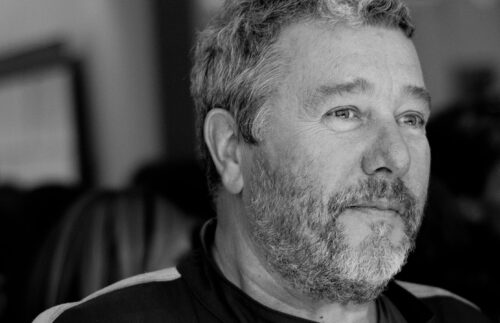We’re constantly surrounded by media warnings that AI is replacing artists or stealing work via tools like Midjourney, but AI in art is far more nuanced and hopeful. A recent innovation from MIT’s Alex Kachkine demonstrates how artificial intelligence can be a powerful tool for cultural preservation—using AI-powered polymer masks to restore damaged paintings with astonishing precision and speed. In just 3.5 hours, using high-resolution scanning, color-matching algorithms, and printed transparent overlays, a single 15th-century painting was repaired across 5,612 damaged areas with over 57,000 unique pigment tones—all without altering the original surface. This approach not only accelerates the conservation process dramatically but also ensures reversibility and ethical transparency, providing digital records for future curators. With over 70% of museum collections often left unseen due to the cost and labor of traditional restoration, AI art restoration offers a way to bring hidden masterpieces back into the public eye. This is a reminder that artificial intelligence, when applied with intention and care, can preserve human creativity—not just mimic it. Before sharing viral outrage over AI in art, it’s worth asking: what if AI isn’t just changing the future of creativity—but helping us hold on to its past?

AI Art restoration
We're constantly surrounded by media warnings that AI is replacing artists or stealing work via tools like Midjourney, but AI in art is far more nuanced and hopeful.
In this post:
More Posts
19 December 2025
Miriam Cahn and Sofia Crespo: Discomfort, Beauty, and How We Judge Value in Contemporary Art
A reflective comparison of Miriam Cahn and Sofia Crespo that explores how discomfort, beauty, and AI shape the way value is judged in contemporary art, addressing common questions around authorship, visual appeal, and meaning without positioning one approach above the other.
30 October 2025
The Role of Women in Technology: Beyond Visibility
Women are helping define the future of technology, blending empathy and innovation. This article explores how global platforms empower female tech creators.
17 October 2025
When Machines Learn to See: Memo Akten at Ars Electronica
At Ars Electronica, Memo Akten’s Learning to See: Gloomy Sunday transforms AI perception into poetry. Through shimmering data and quiet motion, Akten reveals how machines interpret the world — and how, in their dreaming, we begin to see ourselves anew.
2 October 2025
When AI Sees What We Cannot: Caravaggio’s The Lute Player Rediscovered
Artificial Intelligence has reattributed The Lute Player as an original Caravaggio with 85.7% certainty, overturning decades of expert doubt. This breakthrough shows how AI shines where human judgment fails — reclaiming history, restoring truth, and helping us preserve authentic human achievements hidden for centuries.
20 September 2025
AI Art, Originality, and Why We Shouldn’t Fear the Future
Albania has appointed the world’s first AI minister to tackle corruption. Could AI governments end mediocrity, expose corruption in Malta, and make politics more sustainable?
15 September 2025
When AI becomes Minister
Albania has appointed the world’s first AI minister to tackle corruption. Could AI governments end mediocrity, expose corruption in Malta, and make politics more sustainable?
16 August 2025
Philippe Starck’s First AI Chair: Human Meets Machine
Discover Philippe Starck’s groundbreaking A.I. Chair—the world’s first commercial design created with artificial intelligence. A new era of sustainable, collaborative creativity.
8 August 2025
Norma Kamali’s AI Fashion.
Fashion icon Norma Kamali is redefining design through AI—and her bold evolution mirrors my own as a female artist using AI to create new worlds. Here’s how tech is transforming creativity, opportunity, and identity.







